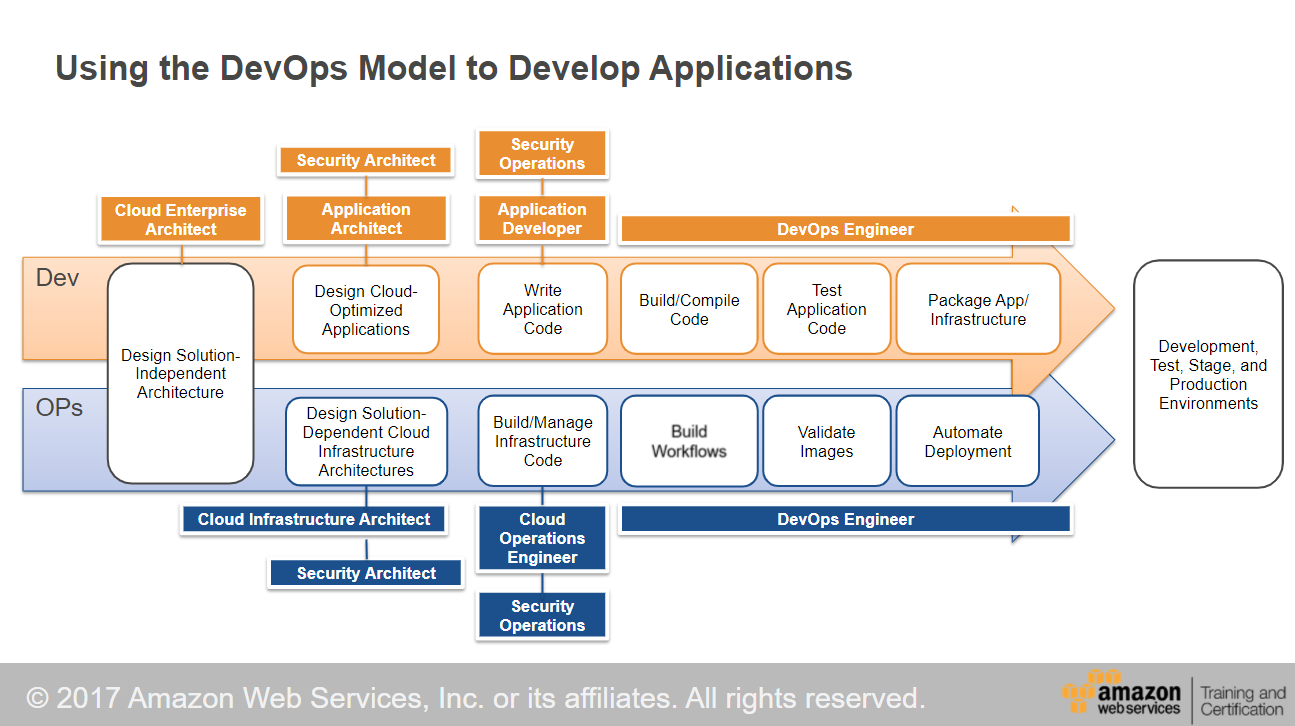
My plan is to pass the Practitioner Certification by March 31, 2022. If you like to combine video, text resources to learn and labs for essential practice. I settled on the following resources:
- AWS-Certified-Cloud-Practitioner_Exam-Guide.pdf (awsstatic.com)
- https://explore.skillbuilder.aws/
- AWS Ramp-Up Guides - AWS Skill Builder
Official AWS Exam Guide
AWS Cloud Practitioner Exam Guide briefly outlines the skills spanning multiple services & concepts one needs to master before attempting it.
This Exam consists of 3 domains as follows:
| Domain | % of Exam |
|---|---|
| Cloud Concepts | 26% |
| Security and Compliance | 25% |
| Technology | 33% |
| Billing and Pricing | 16% |
| Total: | 100% |
AWS Skill Builder Courses
Skill builder offers free courses that have mixed content in digital, videos, and labs. Cloud Practitioner Certification Ramp-Up Guide provides structured content & links to relevant material.
This comprehensive free course is 13.5 hours long. I will give myself 30 hours to consume this content slowly but consistently.
Labs and Samples
Nothing beats practice.
Skills Map & Gap
- Experience with AWS S3
- Played around with AWS EC2 and RDS.
- Linux, Bash scripting, and networking are my weakest skills.
- Consider polishing Linux skills by taking Introduction to Linux (LFS101x) - Linux Foundation - Training or foundational course available elsewhere.
- Staying focused & avoiding distractions will be the most significant challenge.
Pre Exam Quiz Practice
Before exam, Dojo seems to be the most recommended resource, found on Home - Tutorials Dojo.
I plan ot write and share my notes here. To keep reminding myself about the goal & consistent progress.
Notes of Day 1 of Cloud
First day notes seems more about terminology used in AWS, and seems like such questions are asked in the Exam.
Roles in Cloud
There are four spheres of responsibility in a cloud environment.
- Cloud Business Management
- Finance
- Cloud Infrastructure
- Enterprise Architect
- Cloud Security
- Cloud Application Infrastructure
- Application Architect
- Application Developer
- Dev Ops Engineer
- Application Architect
Cloud Enterprise Architect works as a glue among the above four spheres.
Infrastructure as Code (IaC) is a practice in which infrastructure is provisioned and managed using code and is automated using continuous integration and delivery. It offers the following benefits:
- Codify design.
- Iterate over the design.
- Apply your company's best practices.
- Easy to maintain.
How to use DevOps model to develop applications; see below diagram.

What is Cloud Computing?
Cloud Computing is an on-demand delivery of IT resources over the internet with pay-as-you-go pricing. Instead of buying, owning, and maintaining physical data centers and servers, you can access technology services such as computing power, storage, and databases on an as-needed basis. Cloud Computing offers the following benefits:
- Agility
- Elasticity
- Cost Savings
- Global Reach
AWS EC2 Cloud
AWS EC2 Cloud provides secure and resizable compute power as AWS EC2 instances in the cloud. An AWS EC2 instance is a virtual server that allows you to configure Operating System, CPU, Memory, Storage, and Network. There are four types of AWS EC2 instances. Each instance type is best suited for a specific task.
Instance Types
- General Purpose
- Compute Optimized
- Storage Optimized
- Storage optimized instances are designed to deliver tens of thousands of low-latency, random IOPS to applications.
- Memory-Optimized
- Accelerated Computing Optimized
EC2 Instance Purchase Options
- On-Demand
- Savings Plan
- Save up to 72% with a 1-3 year contract.
- Reserved Instances
- Purchase an on-demand instance for 1-3 years term with discount rates.
- Dedicated Host
- To compliance requirements.
- Spot Instances
- Save up to 90% over on-demand instances.
Scalability
Scalability involves beginning with only the resources you need and designing your architecture to respond to changing demand by scaling out or automatically.
AWS offers auto-scaling services, which have two strategies:
- Auto Scaling
- Predictive Scaling